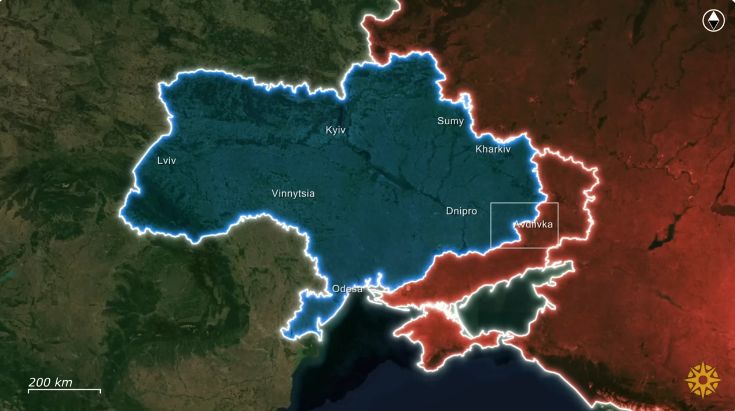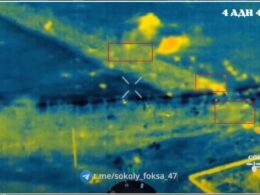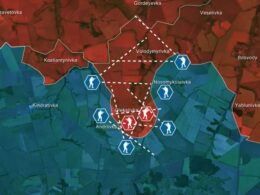Today, there are a lot of interesting updates from the Pokrovsk direction.
Here, the new Russian assault vector sees Russian generals desperate to keep up their momentum, throwing undertrained soldiers into relentless day-and-night human wave assaults.
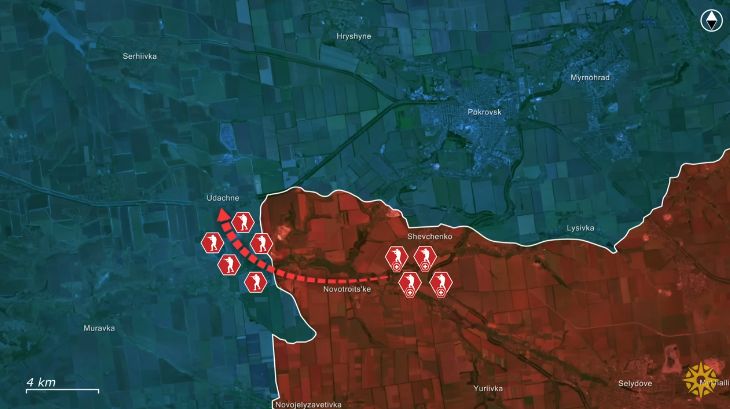
With losses so severe, Russians have even sent wounded soldiers on crutches back into battle, resulting in bodies of fallen soldiers slowly piling up in the fields.
The goal of the Russian forces in this area is to take the town of Udachne and the open fields around it, creating a staging ground for the encirclement of Pokrovsk from the western flank of the city. Russian forces are forced to go around, as they lack the reserves necessary to launch frontal assaults on Pokrovsk.
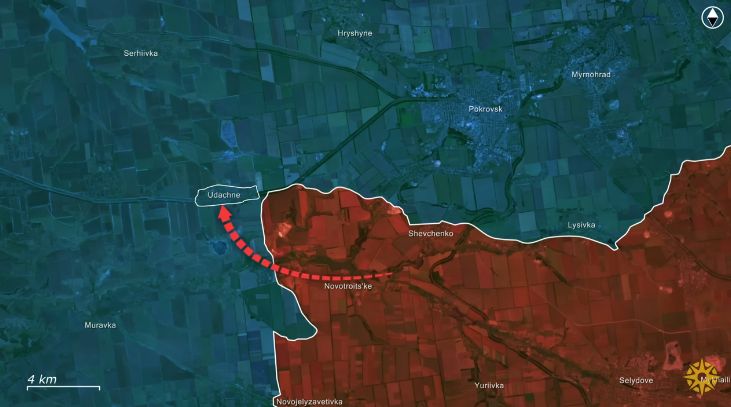
The Institute for the Study of War recently stated that Russians are sending newly recruited soldiers straight to the frontline with barely a few weeks of basic training, underscoring the Russian manpower issue. Furthermore, Russians lack the sufficient air support needed to dismantle and eliminate Ukrainian forces holding up in fortified high-rise buildings and industrial zones.
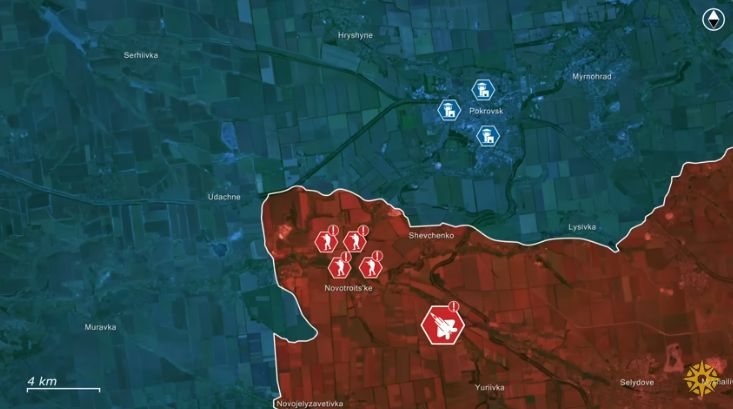
To take Udachne, Russian forces rely heavily on pure infantry assaults to storm the Ukrainian positions across the field to reach the town. These infantry assaults are usually made up of groups of up to three soldiers, fifteen to twenty meters apart, to reduce the risk posed by Ukrainian FPV kamikaze drone strikes.
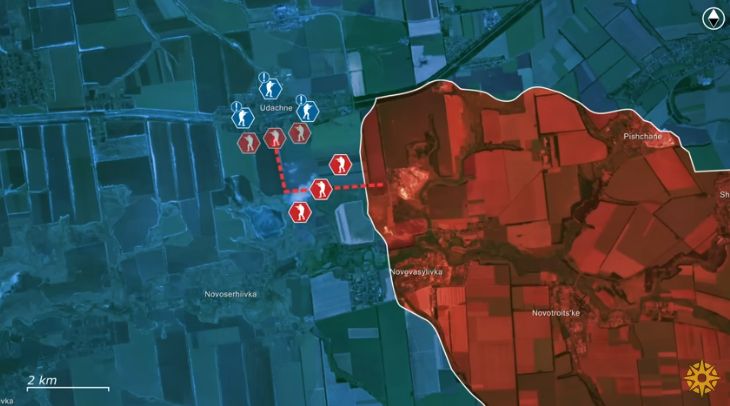
Reports from Ukrainian soldiers on the ground indicate that Russians launch these assaults around the clock, putting intense pressure on Ukrainian defenders, while at a high cost in human life. Russians use the terrikon north of Novovasylivka to observe Ukrainian positions in Udachne and the surrounding area.
Russian forces, accumulated in Solone and Novovasylivka, then move through the tree lines and open fields to attack Udachne directly, while the Solona River shields Russian assault groups from direct Ukrainian counterattacks from below. However, the Russian assault groups move at a slow pace as they are on foot, which means that the Ukrainian drone operators can quickly detect the Russian assault groups while they are still on the approach.

This has led to Ukrainians relying heavily on drone units to monitor and eliminate the Russian infantry, eliminating the Russian infantry assaults with deadly efficiency. As the Russian assault groups are also very small, they generally do not have the required weight to breach Ukrainian defenses; instead, they form a constant stream of attackers that are meant to overwhelm Ukrainians in the long run.
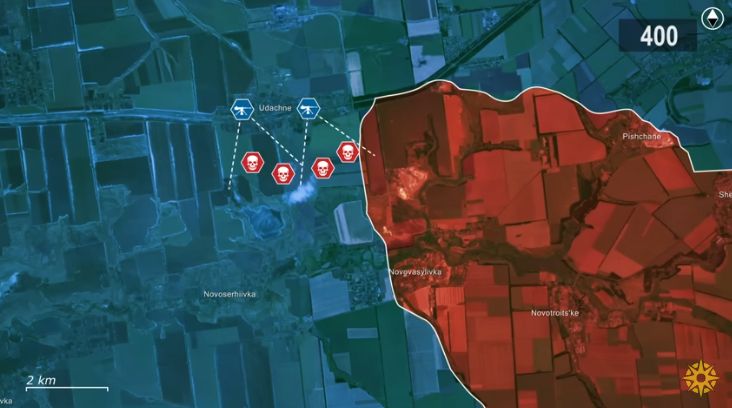
Trending Now
However, this has turned out to be a very costly strategy for the Russians, precisely because the small infantry groups don't have the hitting power of a larger assault. This makes them easier to deal with individually, as Ukrainians inflict up to four hundred Russian casualties a day in the Pokrovsk direction alone.
Combat footage of a Ukrainian drone operator in the area reveals the reality of Russian assaults where dozens, if not hundreds, of dead Russian soldiers are scattered across the fields south of Udachne. To make it worse, Russians often can't or don't retrieve their wounded, leaving them to die in the fields instead.
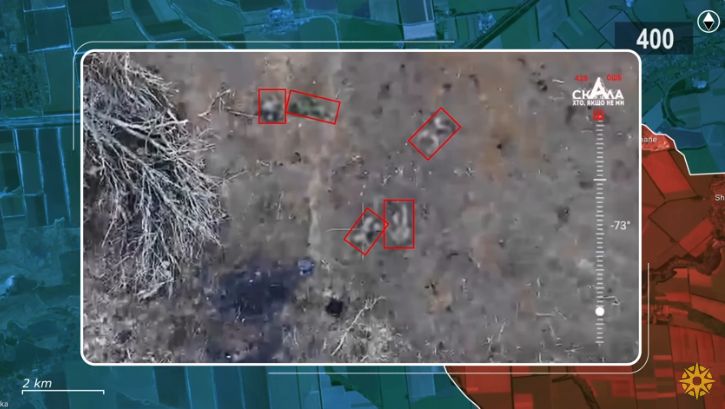
Russian commanders were, however, in dire need of reserves to keep up the momentum of the assaults. In desperation, they even ordered their wounded soldiers back into the fight, as footage shows how two wounded Russian soldiers were walking through the fields on crutches toward Ukrainian positions, without communicating any intent to surrender. While these Russian soldiers could barely walk, they were still assaulting Ukrainian positions, leaving Ukrainian drone operators little choice but to eliminate them regardless.
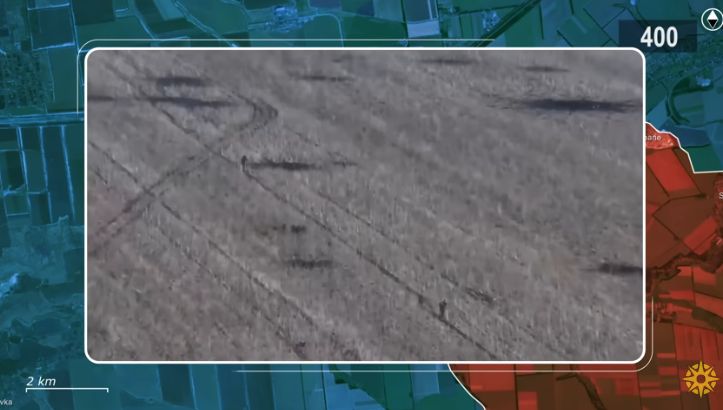
Overall, the Russian offensive effort on the western flank of Pokrovsk is rapidly becoming unsustainable for the Russians due to the high attrition rates of their tactic.
Russian voluntary recruitment is at an all-time low, with Russians having to promise outlandish signing bonuses to sign new recruits, with Russian soldiers reporting they use their signing bonus to pay off their commanders so they do not have to go on assault. This all underlines the Russian issue of high casualty rates that often far exceed the pre-war populations of the towns that are being fought over, with Russians consistently losing men in the thousands just to take one village.
In our regular frontline report, we pair up with the military blogger Reporting from Ukraine to keep you informed about what is happening on the battlefield in the Russo-Ukrainian war.

